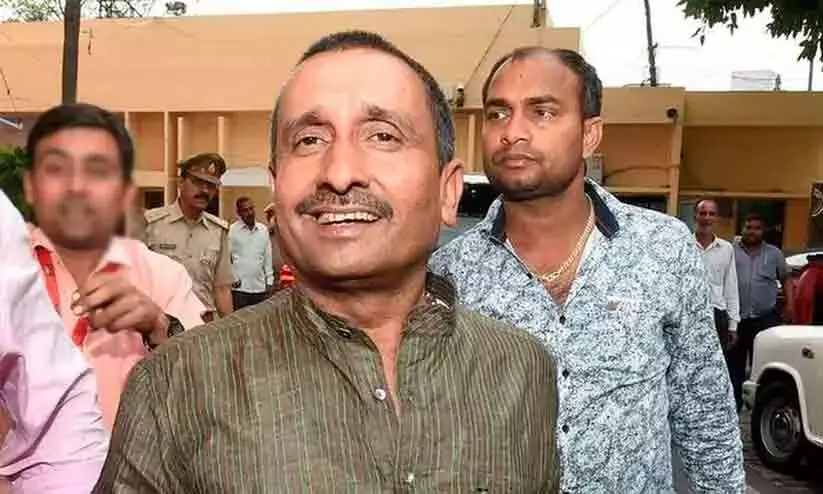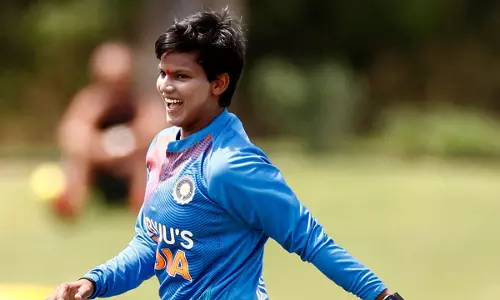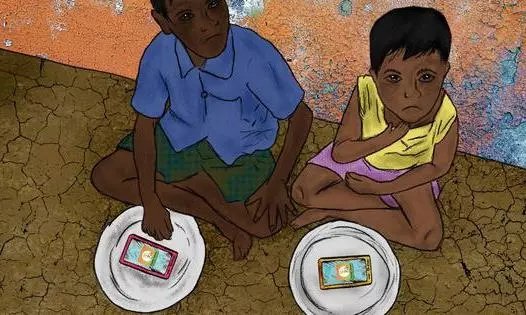
Study highlights stark caste-based disparities in child stunting rates in India
text_fieldsA recent study by economists from Haryana’s Ashoka University and Monash University Malaysia highlights a caste-based disparity in child stunting rates in India. The study, led by Dr. Deshpande, head of Ashoka University’s economics department, and Dr. Ramachandran, senior lecturer at Monash University Malaysia, reveals that children from upper caste groups exhibit lower stunting rates compared to both India’s national average and sub-Saharan Africa.
According to their research, while stunting in Indian children overall was 36%, the rate for upper-caste children stood at 27%, notably below the 34% stunting rate in sub-Saharan Africa.
Child stunting—marked by a child being unusually short for their age—is often the result of chronic malnutrition, reflecting long-term nutritional deprivation. The researchers argue that caste must be explicitly factored into policies addressing child stunting in India to effectively reduce the condition’s prevalence.
Data for the study was drawn from a nationwide household survey covering 200,000 children under five, supported by findings from India’s national health and demographic surveys (2019-2021). For international comparison, data from all sub-Saharan countries with available records from 2015 onwards were examined.
The study’s authors point to India’s higher rate of stunting compared to sub-Saharan Africa, a trend they call the “Indian enigma.” India’s per capita GDP in 2022 was significantly higher than that of sub-Saharan Africa—$2,393 versus $1,701—suggesting India’s relative economic advantage.
However, this higher economic status does not correlate with reduced stunting. The authors suggest that when stunting rates of only upper caste children in India are compared to those in sub-Saharan Africa, the disparity vanishes, underscoring caste’s role in nutritional outcomes.
The research indicates that, despite socio-economic factors like income and disease environment, stunting disparities persist across caste groups. In addition, children from stigmatised caste and tribe groups face higher risks of stunting, even within similar economic conditions, a reflection of social and structural inequalities. Children from dominant caste groups, conversely, generally benefit from better access to food and reduced exposure to disease.
This study underscores the need for India to approach child nutrition with an awareness of social identity. While the prevalence of stunting across sub-Saharan Africa stood at 31.3% in 2022, India’s rate was slightly higher at 31.7%, according to the Joint Child Malnutrition Estimates from the United Nations Children's Fund, World Health Organization, and World Bank. Although sub-Saharan African children generally experience harsher disease environments and more limited access to calories, India’s stunting rates remain comparably high.























